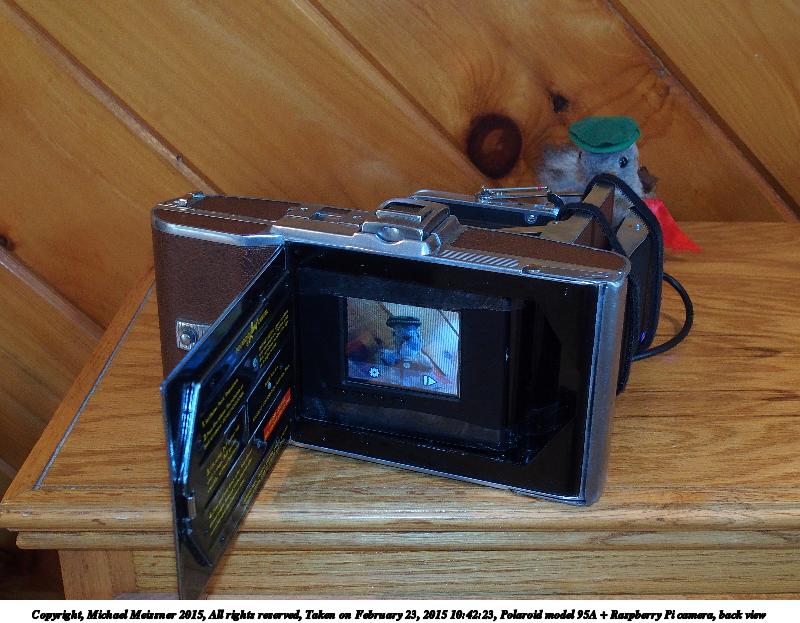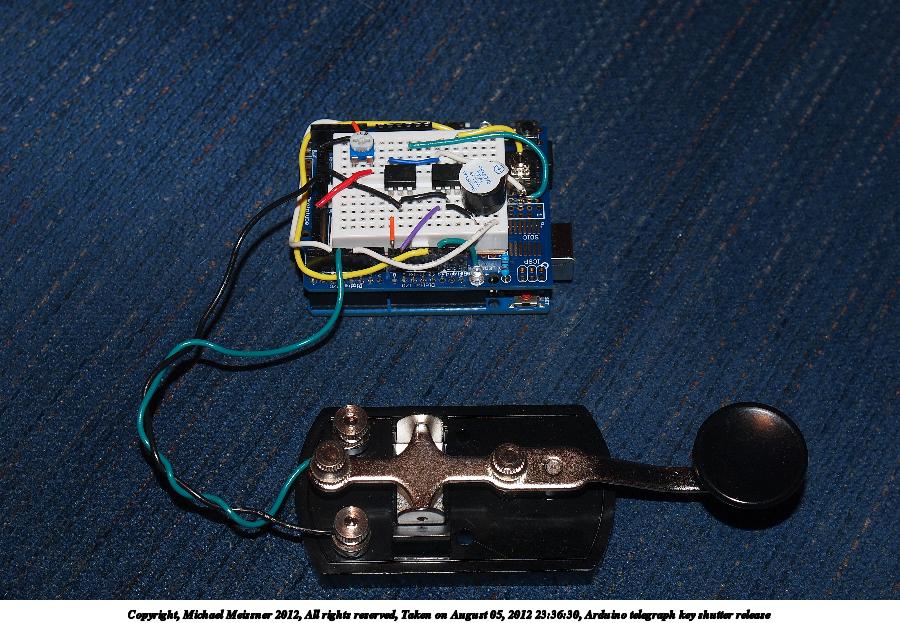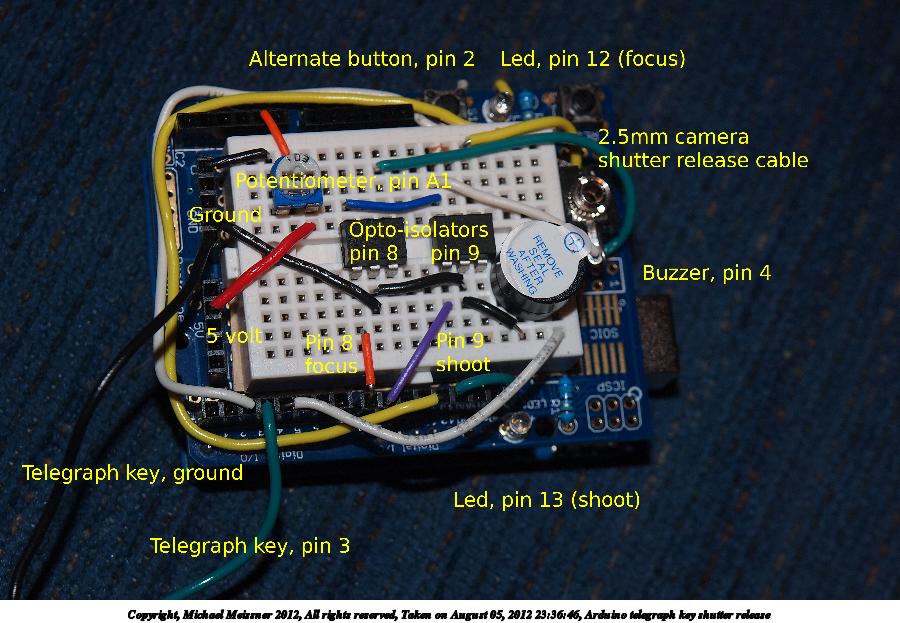I don't know why you're getting upset with me, but it's not appropriate. I didn't hurt your nephew. What I did was repeat advice given to me on good faith by college instructors in California. They told me that in order to help me avoid a bad situation. I am repeating it in the same spirit.
As it turns out, I have very good reason to do so. Here is a counterexample to your claim, from
here. They establish different levels of university involvement, and delineate that in cases where university resources are tapped above and beyond a limit (which they do
not clearly define), the university has at least partial rights to the IP:
The terms laid out in the document are ambiguous enough that a person could read through them and think, "I'm safe." But - what if you used university resources for "commercial development"? Making the university pay for a patent or copyright is obvious, but development of commercial potential is nebulous and they
do not define what they mean by this,
or cite a specific example. They do provide examples of what they think is incidental, but
not of what goes beyond that. This leaves the door open to them claiming that they should have a right to some or all profits, should there be litigation.
Therefore, I think it would be wiser for students to look up the policy at their specific institutions and figure out the pitfalls. It's easy to read a document like this and think that it aligns with your interests, but you have to look at it from the other side's angle, and from the perspective of a judge and jury who don't care about you or think you should be right just because you're you. Leaving the commercial development angle completely undefined is not something that would inspire confidence in me.





